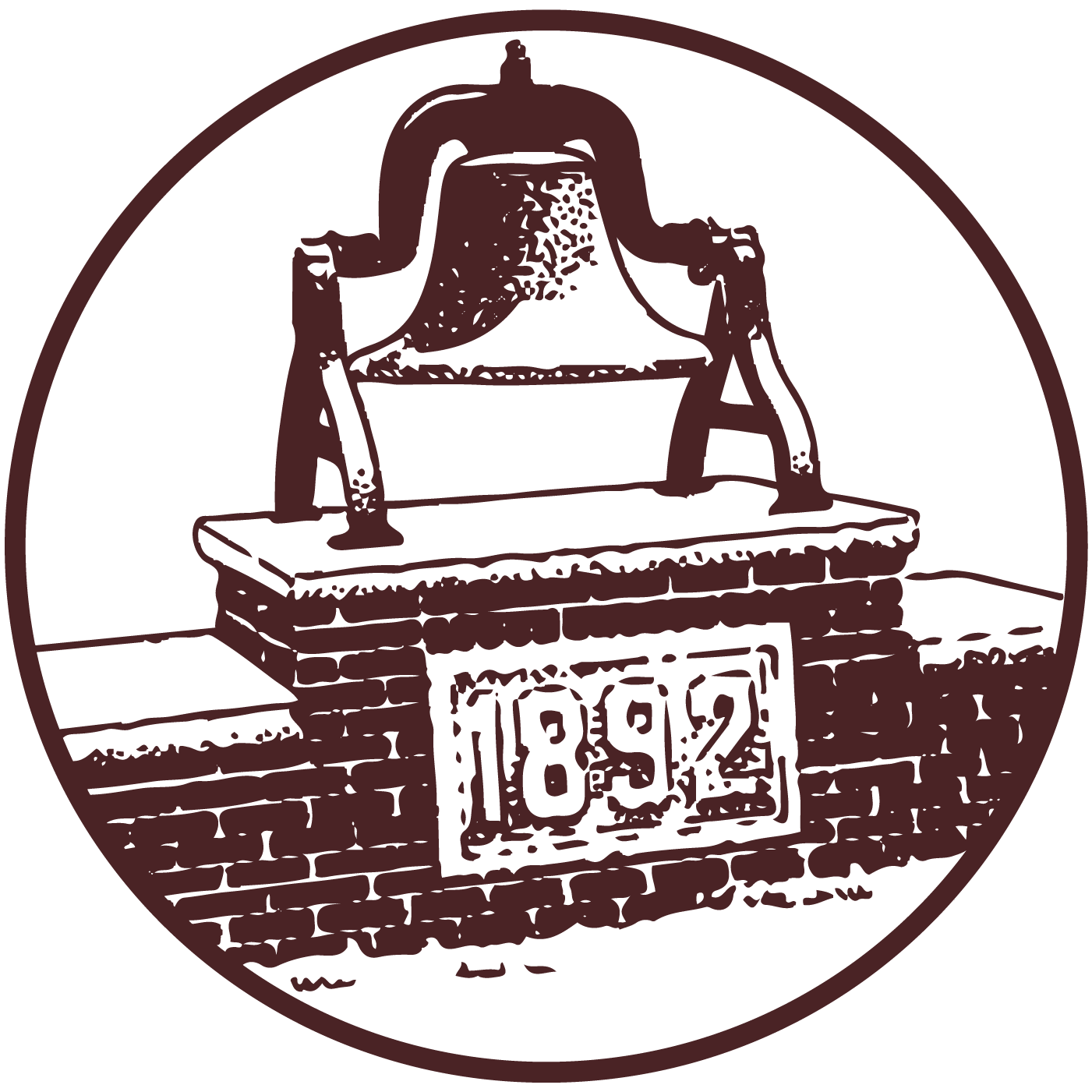Skip to content
Show submenu for DISTRICT
Show submenu for EMPLOYMENT
Show submenu for CALENDARS
Show submenu for FINANCIAL
Show submenu for RESOURCES
Show submenu for COMMUNITY
CONTACT US
SPECIAL EDUCATION
Show submenu for BOARD OF EDUCATION
Show submenu for
